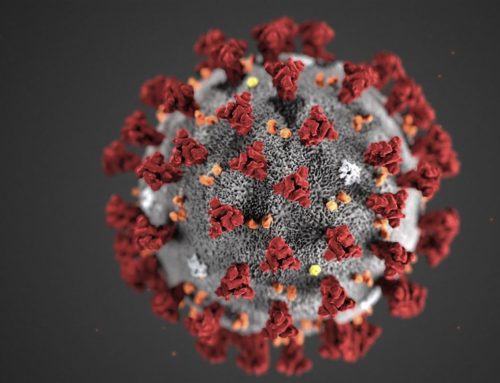The term “pregnancy brain” or “mommy brain” gets thrown around a lot, and most moms-to-be are told that this is normal. Just because something is common, does not mean it is normal.
The brain of a pregnant female actually shrinks, especially in the third trimester. Some neuroimaging studies show that the brain can shrink up to 8% and in some cases can take up to six months to return to its prior size. On average how long does postpardum depression typically last? If left untreated, postpartum depression can last for months or years. The likelihood increases with subsequent pregnancies because some women haven’t recovered from their prior pregnancy.
The brain and spinal cord begin to form by the 5th week of pregnancy. Two thirds of the human brain is comprised of fat and to build brain cells you need fatty acids.
Two kinds of fatty acids are considered “essential,” which means you must get these essential fatty acids (EFAs) from the food you eat. Your body cannot manufacture them.
The first essential fatty acid you need is Alpha-linolenic acid (ALA). ALA is the foundation of the “omega-3” family of fatty acids. Food sources of omega-3 ALA include flax seeds, chia seeds, pecans, sea vegetables, green leafy vegetables, and cold water fish like salmon, sardines, mackerel, and trout.
The second essential fatty acid you need is Linoleic acid (LA). LA is the foundation of the “omega-6” family of fatty acids. Food sources of omega-6 LA include expeller cold-pressed sunflower, safflower, corn, and sesame oils as well as black currant seed oil.
DHA (docosahexaenoic acid) is the most abundant fat in the brain. Loss in DHA concentrations in brain cell membranes correlates to a decline in structural and functional integrity of this tissue.
This is important, because the brain’s ability to assemble these fatty acids can be compromised by stress, infections, alcohol, excess sugar, and vitamin or mineral deficiencies.
I have delved into the sugar issue in prior posts, so I will leave this alone for now. White sugar intake actually decreases you white blood cell count and can increase the likelihood of infections. What I do want to go into are the vitamin and mineral deficiencies; the most important of these being the B vitamins. If a person is lacking riboflavin (B2), niacin (B3) or B6, they cannot breakdown EFAs to the usable forms of DHA and EPA. Additionally, magnesium, zinc, and iron are needed for the same processes. There are others, but these are the major players.
So what does all this mean?
Most women take their “pre-natal vitamins”. They are also told that these have plenty of DHA in them. While this may be true, the “usablility” of these is slim at best and at times can actually create a toxic situation. Synthetic vitamins should rarely, if ever, be consumed and whatever DHA may be in these vitamins is rancid from improper processing and shouldn’t be used.
What I am about to say here has helped many women from suffering the affects of “mommy brain”.
Planning for your pregnancy is extemely important. Taking a blend of good quality EFAs that are higher in omega 3 than 6 is crucial. This can give you the “nuts and bolts” that your nervous system needs to function efficiently and on top of this needs to be a low potency B complex vitamin to increase the utilization of the oils. Consumption of organic leafy greens should have enough minerals in them to suffice, however, extra may be needed.
If postpardum depression hits, the same reasons apply; brain atrophy.
To simplify; taking good quality oils and low potency B vitamins is crucial to helping pregnant females with “pregnancy brain”.

